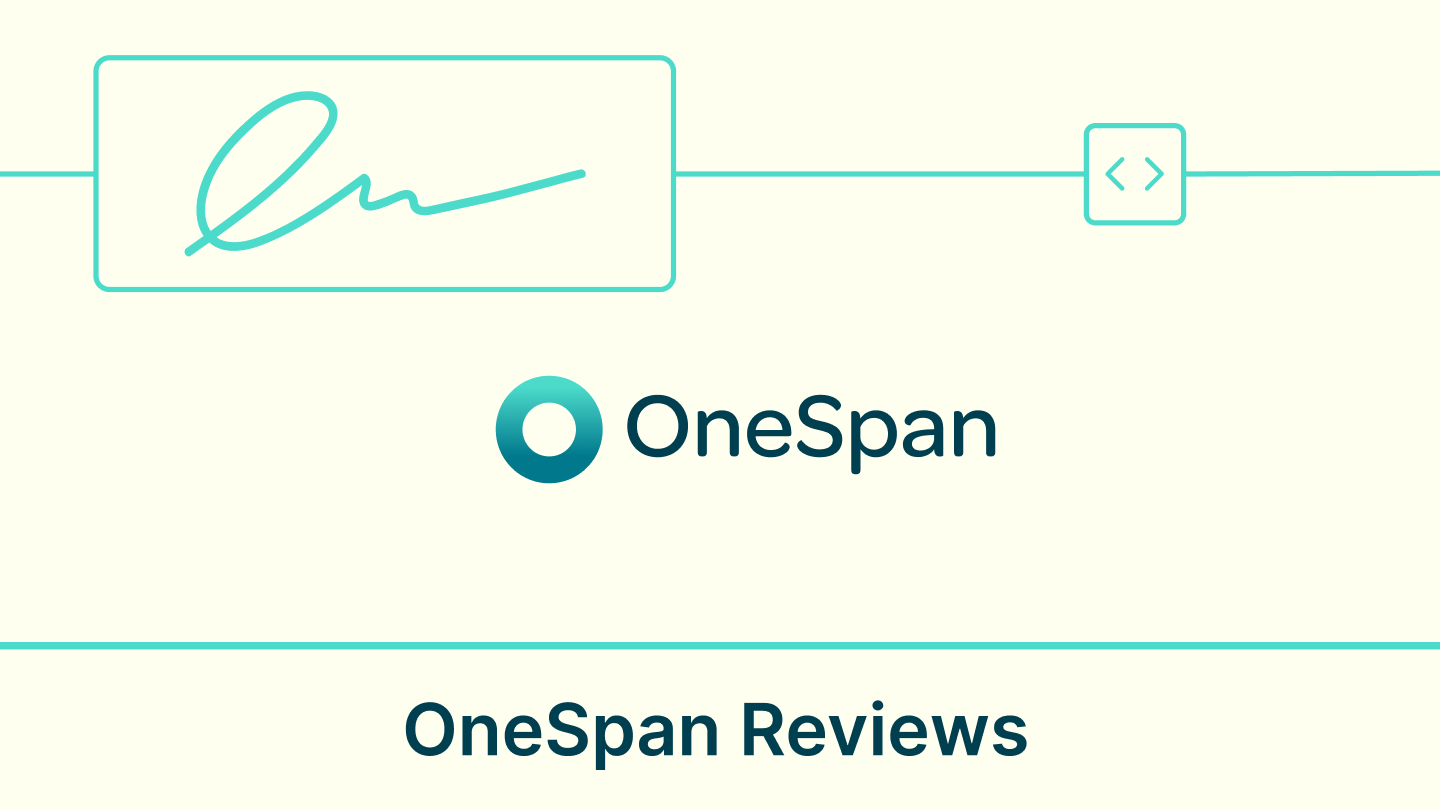Efficient procurement drives an organization’s purpose, actions, and success. It’s not just about buying goods and services but a strategic function directly impacting a company’s bottom line.
Contracting in procurement is also a complex process with an ocean of administrative documents, including contracts that set the stage for a mutually agreeable buyer-seller relationship.
The challenges associated with these administrative documents, such as getting timely approvals and collecting signatures from stakeholders at different locations, add to the complexity of the procurement process.
Effective procurement contract management is the not-so-hidden gem that helps teams overcome these challenges and businesses survive and thrive in a competitive marketplace.
Here’s what we’ll cover in this blog:
- The nitty-gritty of contracting in procurement
- Different types of procurement contracts
- Challenges faced in procurement contract management
- Benefits of contract management software for procurement professionals
What is procurement?
Procurement is the process of sourcing and purchasing goods or services from external suppliers, vendors, or clients, typically on a large scale. Often, multiple areas or departments of an organization are involved in the procurement process — to identify the company’s needs, choose the right suppliers, negotiate the terms of a deal, and manage contracts.
However, the definition of procurement varies from business to business. For some companies, procurement is the umbrella term that covers everything from identifying business needs and finding reliable suppliers to updating payment terms and tracking inventory. For others, it includes a narrower set of activities, such as issuing purchase orders and clearing payment invoices.
Irrespective of how you define procurement for your business, you’ll agree that it’s usually the contracts and how they’re managed that’s the difference between a dreamlike transaction and a nightmare deal!
What are procurement contracts?
A procurement contract is a structured, legally binding agreement between the two parties (the buyer and the seller) in a procurement deal. It is a blueprint that protects both entities throughout the procurement process by setting forth the parameters of a deal. It includes — but is not limited to — vendor or supplier selection, product or service selection, payment terms and conditions, contract negotiation, product or service delivery details, and information on dispute resolution.
Types of procurement contracts
Procurement contracts differ based on the nature of transactions, project requirements, and business needs. Before choosing one, consider factors such as your company’s immediate and long-term goals, budget, and risk tolerance.
The three primary types of procurement contracts are:
1. Fixed-price contracts
Fixed-price contracts, or lump-sum contracts, are straightforward procurement agreements in which the price for the goods or services you want to procure is decided beforehand. The price specified in the contract does not change irrespective of any fluctuations in the market or the actual costs incurred by the supplier.
When to use: Fixed-price contracts are used for projects with a clearly defined scope and stable market conditions with minimal risks of cost overruns.
Example: Contracting for office supplies, where the quantity and specifications are well-defined, and prices are unlikely to change
2. Cost-reimbursable contracts
In a cost-reimbursable contract, the buyer agrees to reimburse the supplier for all actual costs incurred during the project (for materials, equipment, or utilities), plus an additional fee or a percentage of the profit.
When to use: These contracts work well for projects with uncertain scope or high complexity, and in cases where it’s difficult to estimate in advance.
Example: Research and development projects, where the outcome and associated costs are unpredictable
3. Time and materials contracts
In time and materials contracts, buyers agree to pay vendors based on the time spent and materials used to complete a project. To avoid fraud and unreasonable expenses, such contracts outline the vendor’s rates and set an upper limit for the time and materials used.
When to use: This type of contract is used for projects with variable scope and duration, where the flexibility to allow adjustments to the project is necessary.
Example: Industries like construction and IT services, where project requirements evolve over time
State of contract management in procurement
Although contract management is critical to procurement, many organizations still rely on manual processes — akin to parchment scrolls used for recordkeeping in ancient Egypt!
Traditional processes like paper-based agreements and Excel spreadsheets used for managing them are time-consuming and prone to errors, leading to inefficiencies and increased risks.
Digital transformation in procurement contract management has never been more obvious for organizations seeking to harness the power of technology and quickly adapt to evolving market conditions. Here’s how contract management improves procurement process efficiency:
- It ensures cost-effectiveness: When you have a contract management system in place, you can eliminate bottlenecks and mistakes that can cause unnecessary delays and associated costs. It also makes negotiating agreement terms easier, which allows you to process your order faster. After all, time is money!
- It ensures compliance: The ability to monitor contracts in real time helps you ensure not only legal and regulatory compliance but also supplier compliance. It keeps you up to date about potential risks and regulatory violations and allows you to take prompt action as and when necessary.
- It improves operational efficiency: All the teams involved in handling your contracts — legal, sales, human resources, etc. — can collaborate more efficiently when contract data is standardized and stored in a centralized location rather than in a desk drawer or file cabinet.
Challenges in procurement contract management
To err is human, but errors in contracts are unforgiving for an organization’s success.
It’s true that contracts are complex documents with legal ramifications, but they don’t need to be a constant source of your frustration. Let’s look at some of the common challenges in contract management in procurement and how you can overcome them.
1. Inefficient processes and manual handling of documents
Manual handling of contracts is time-consuming and prone to errors, like missing information, incorrect data entry, or misplaced documents. While errors make delays in contract approvals and payments obvious, they can have legal implications too, which can put your relationship with your suppliers and your enterprise’s reputation at risk.
Workflow automation and document management on Signeasy eliminate manual and repetitive tasks. The self-serve tools on the platform allow you to create contracts using customizable templates and share them with internal and external stakeholders.
The centralized repository of contract documents ensures you always have real-time visibility of who or what is holding up progress.
2. Signing on the go
Imagine this scenario, your contract is ready and you mail it to the supplier’s office only to be informed that the stakeholder who was supposed to sign the agreement is out of office — probably at the factory overseeing a consignment.
Now you have to not only wait for the signer to be back at their desk to sign and kick off the approval process but also bear the repercussions of the delay.
Signeasy’s mobile-friendly contract management tools allow users to review and sign contracts from anywhere. The app supports all document formats, including PDF, Excel, Word, JPG, etc., and works on all iOS and Android devices.
3. Inconsistent contract language and terms
Creating contracts on an ad-hoc basis can bring about inconsistency in agreement terms and language, therefore making them stray from regulatory and legal compliance norms. This non-standardization of contracts can lead to confusion, misunderstanding, and disputes.
Signeasy gives you access to template libraries and reusable templates that you can use to standardize your procurement contracts and ensure consistency and clarity.
4. Difficulty in tracking contract compliance and milestones
Meeting timelines and addressing non-compliance is crucial in all stages of a contract’s lifecycle. When contracts are handled manually or inefficiently, it’s easy to miss important milestones, deadlines, and other contractual requirements, such as payment schedules and key performance indicators, specified in a contract.
Monitoring and adhering to contractual obligations and timelines is easy with Signeasy’s real-time tracking, alerts, and dashboard features that make risk management proactive rather than reactive. For example, you can set renewal reminders for contracts that are about to expire, which gives you enough time to work on negotiating contract terms if required.
Your Signeasy dashboard gives you a bird’s eye view of how many contracts are completed, declined, voided, or expired in real time, allowing you to take the appropriate next steps.
5. Managing risk and ensuring regulatory compliance
Manual contract management methods don’t allow complete visibility into all the contracts an enterprise is dealing with. This makes it easy to miss details associated with key contract terms, such as indemnities, warranties, contract termination, and other clauses, from time to time.
Failing to take appropriate action at the right time leads to legal risks and regulatory breaches. Risk management in procurement is one of the primary objectives of a solid contract management strategy.
With Signeasy, you can run compliance checks and track every activity on your company’s contracts with detailed audit trails to ensure accountability and transparency. The risk assessment tools on the platform detect every alteration in agreement documents, which helps prevent any form of contract tampering.
6. Maintaining strong supplier relationships
Poor contract management in procurement makes fostering and maintaining strong supplier relationships a challenge. Lack of visibility, ambiguous terms and conditions, and unclear goals and expectations lead to miscommunication, disputes, and delays.
Signeasy’s collaboration tools are designed to support supplier relationship management as they help you centralize communication. Nothing gets lost in translation or in email chains, allowing all the stakeholders involved to be on the same page. There’s no scope for ambiguity or inaccuracy.
7. Handling large volumes of contracts and data
Errors and oversights are inevitable when small teams handle large volumes of contracts using inefficient processes. Without the necessary resources, data overload and a lack of insights can lead to missed deadlines and compliance issues.
Signeasy’s data management and reporting features make it easy to navigate contracts irrespective of their volumes and complexity. The advanced analytics tools offer deep insights into the status and performance of all of your organization’s contracts.
Conclusion
Contracting in procurement is a non-negotiable tool for streamlining the purchase process. This makes contract management the next most critical function in procurement. It’s a win when you can manage risk, optimize your budget, maximize the value of your contracts, and improve organizational efficiency, all by having an efficient contract management system in place.
Signeasy helps you simplify your company’s contract management process from start to finish. With its seamless integration capabilities, easy-to-use interface, real-time tracking, and advanced analytics and reporting features, Signeasy is your one-stop solution for handling all your contracts.











